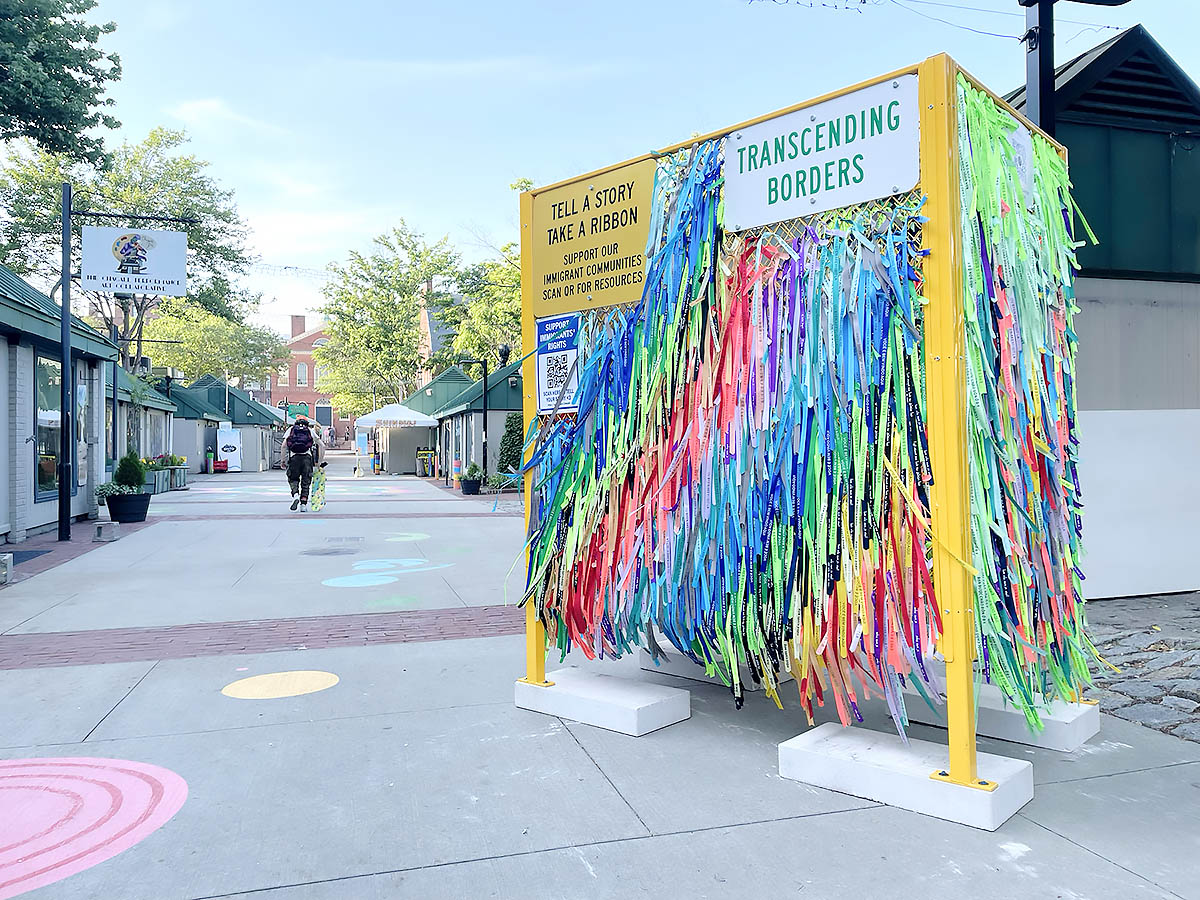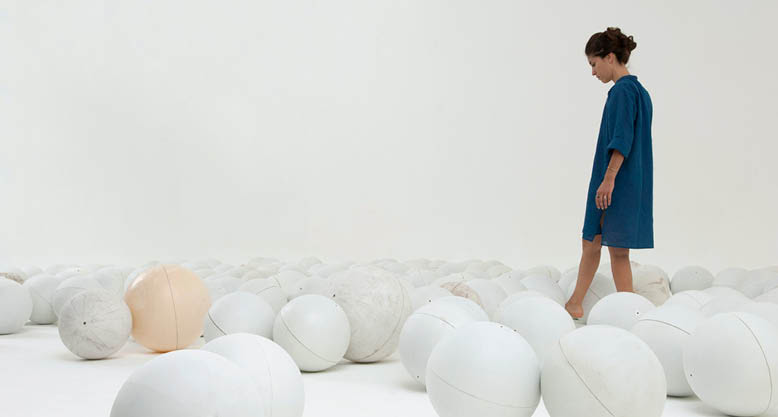From the Peabody Essex Museum
Cover image credit: Tompkins Harrison Matteson, Trial of George Jacobs, Sr. for Witchcraft, 1855. Oil on canvas. Peabody Essex Museum, Gift of R. W. Ropes, 1859. 1246. Courtesy of Peabody Essex Museum. Photo by Mark Sexton and Jeffrey R. Dykes.
This fall, the Peabody Essex Museum (PEM) presents two exhibitions brimming with the stories, people and objects that can only be found in Salem, Massachusetts. Beginning September 26, selections from the world’s largest collection of authentic Salem witch trial materials go on view for the first time in nearly three decades. The Salem Witch Trials 1692 presents rarely exhibited documents and objects from the museum’s collection to reveal tragic, true stories told through the perspective of the accused and the accusers. Opening the same day, Salem Stories presents 26 vignettes about what makes the city so singular and world renowned.
Featuring more than 100 works from natural history specimens to cultural ephemera, this exhibition celebrates Salem’s rich and storied past and prompts visitors to help sculpt its future. Concurrent with the opening of these two exhibitions, PEM will release the Peabody Essex Museum Guide (2020), the first such publication since 1946 to offer insight into the vast collection of the nation’s oldest continuously operating museum.
Salem Witch Trials
The Salem witch trials threatened the very core of the early Massachusetts Bay Colony. The extraordinary crisis involved more than 400 people and led to the deaths of 25 innocents — men, women and children — between June 1692 and March 1693. The panic grew from a society threatened by nearby war and a malfunctioning judicial system in a setting rife with religious conflict and blatant intolerance. For more than 300 years, the complex drama of the witch trials and its themes of injustice and the frailties of human nature continue to captivate and fascinate the public imagination.
“My hope is that visitors will encounter these original witch trial documents and objects and recognize that there were real people that are at the heart of this historical drama,” said Dan Lipcan, Head Librarian at PEM’s Phillips Library. “The victims of the Salem witch trials had complex emotions, fears and doubts just like we do. To empathize and understand their experience emboldens us to speak out against injustice and cruelty in our own time.”


Included in the exhibition is the death warrant for the execution of Bridget Bishop, the first of 19 people to be hanged, as well as petitions from the accused, invoices from the jail keeper, direct testimony from accusers and the physical examinations of the accused. These light-sensitive materials can only be displayed intermittently for their care. The exhibition also includes rare books that add context to the documents, including a copy of Malleus Maleficarum, a 15th-century guide to finding and executing witches that was recently acquired by PEM’s Phillips Library.
The powerful petition of Mary Esty, who was hanged in the last group of murders, is written in a careful script, conveying her plea that the court have mercy on others falsely accused: “I petition to your honors, not for my own life, for I know I must die. And my appointed time is set. But the Lord, he knows it is, that if it be possible, no more innocent blood may be shed.”


Paired with the documents are personal possessions of those involved, such as a trunk that once belonged to Jonathan Corwin, the magistrate who resided at the 17th-century building in Salem that is today known as the Witch House. There are also original architectural elements from the Salem jail and an 1855 painting from PEM’s collection, Trial of George Jacobs, Sr. for Witchcraft by Tompkins Harrison Matteson, that details the pandemonium in the courtroom as the drama unfolds, as George Jacobs Sr.’s own granddaughter points an accusing finger.
The Salem witch trials have cast a long shadow. It wasn’t until 1703 that Massachusetts issued its first pardons for victims of the witch trials and the process was only completed in 2001. Shame over the atrocity became so ingrained that it took 300 years before a memorial to the victims was constructed in Salem. Today, Salem is a city that has learned from past traumas and strives to be a place of tolerance and peace.


Salem’s Other Stories
Salem is a city with many stories of local, national and international significance. Alexander Graham Bell completed the first successful long-distance telephone call from Salem in 1877. Parker Brothers produced Monopoly here. And in 2013, President Obama signed legislation recognizing the city as the birthplace of the United States National Guard.
Using selections from PEM’s collection, Salem Stories features more than 100 works, including paintings, sculpture, textiles, decorative arts, photographs, natural history specimens, manuscripts, posters, books, eyewitness accounts, and even a murder weapon. The A–Z structure of the exhibition creates an accessible and entertaining way to engage with Salem’s history, from past to present day.


Salem Stories starts with “A is for Always Indigenous” to acknowledge the Native communities who have lived for millennia on the land where the museum now sits. It ends with “Z is for Zoology” and coincides with the return to the galleries of a leatherback turtle specimen captured in 1885, a favorite of longtime visitors.
R is for Remond family” introduces visitors to the story of John Remond, who came to Salem in 1798 as a young boy from the Caribbean island of Curaçao aboard the Salem ship, Six Brothers. Remond would become the patriarch of one of the most influential free Black families in early 19th-century New England. All members of his family belonged to local and national anti-slavery societies, and his children Sarah Parker Remond (seen here) and Charles Lenox Remond became renowned international abolitionist orators.
And there are some creative surprises. “C is for Caring for our Community” chronicles how the city has come together in times of crisis, from the outpouring of support after the Great Salem Fire of 1914, to the more recent COVID-19 pandemic. The exhibition will continue to evolve, just like the city itself, and new Salem stories will be added along the way. In fact, “Y is for You” invites the community to share their own unique stories of the city.
PEMcast
Episode 19 of the PEMcast, PEM’s award-winning podcast, goes beyond the often-told story of the Salem witch trials to offer a deeper understanding of what happened in 1692 and what lessons still resonate today. Hosts Dinah Cardin and Chip Van Dyke talk to those behind the exhibition at PEM, as well as outside experts, to learn what life was truly like in 17th-century Salem. They also explore key sites of the witch trials and even find themselves on a hilltop in Maine. Find this episode at pem.org/pemcast or wherever you listen to podcasts.
Collection Guide
An essential introduction to the remarkable collection of PEM, the oldest collecting museum in the U.S., is available this October through pemshop.com. The museum’s complex history is marked by a series of changes and reinventions dating back to its founding as the East India Marine Society in 1799. In recent decades, PEM has undergone one of the most extraordinary transformations in American museum history.
This beautifully designed and informative guide to PEM’s world-class collection traces its storied origins to recent contemporary acquisitions. Thoughtful overviews introduce each of PEM’s curatorial departments, which include architecture, Asian export, contemporary, fashion and textiles, maritime, Native American, natural history, photography and South Asian — as well as the renowned Phillips Library collection. Lavish color illustrations represent more than 400 significant artworks and objects from the collection and 19 highlight stories illuminate the people behind the museum’s varied, remarkable and beloved objects










